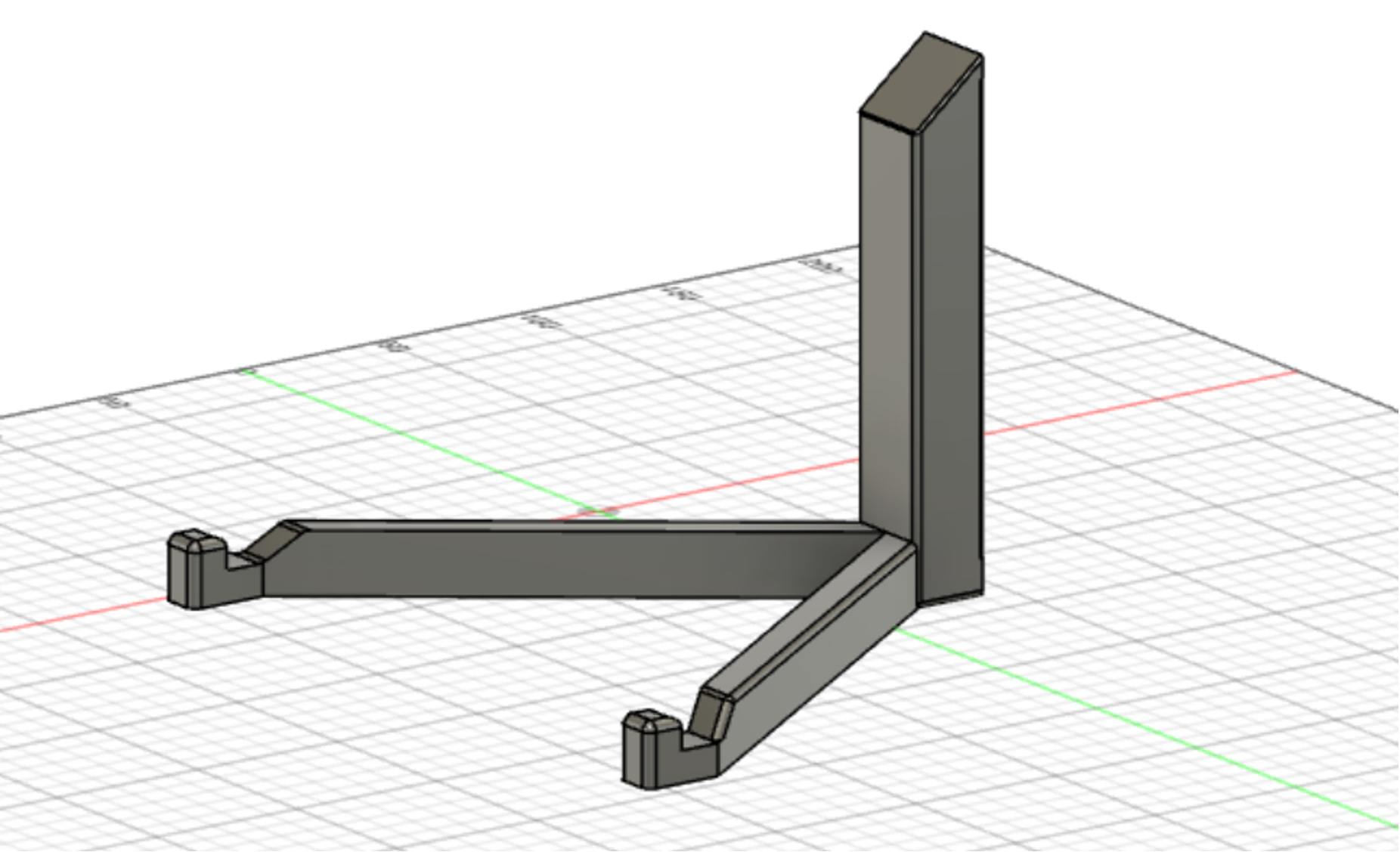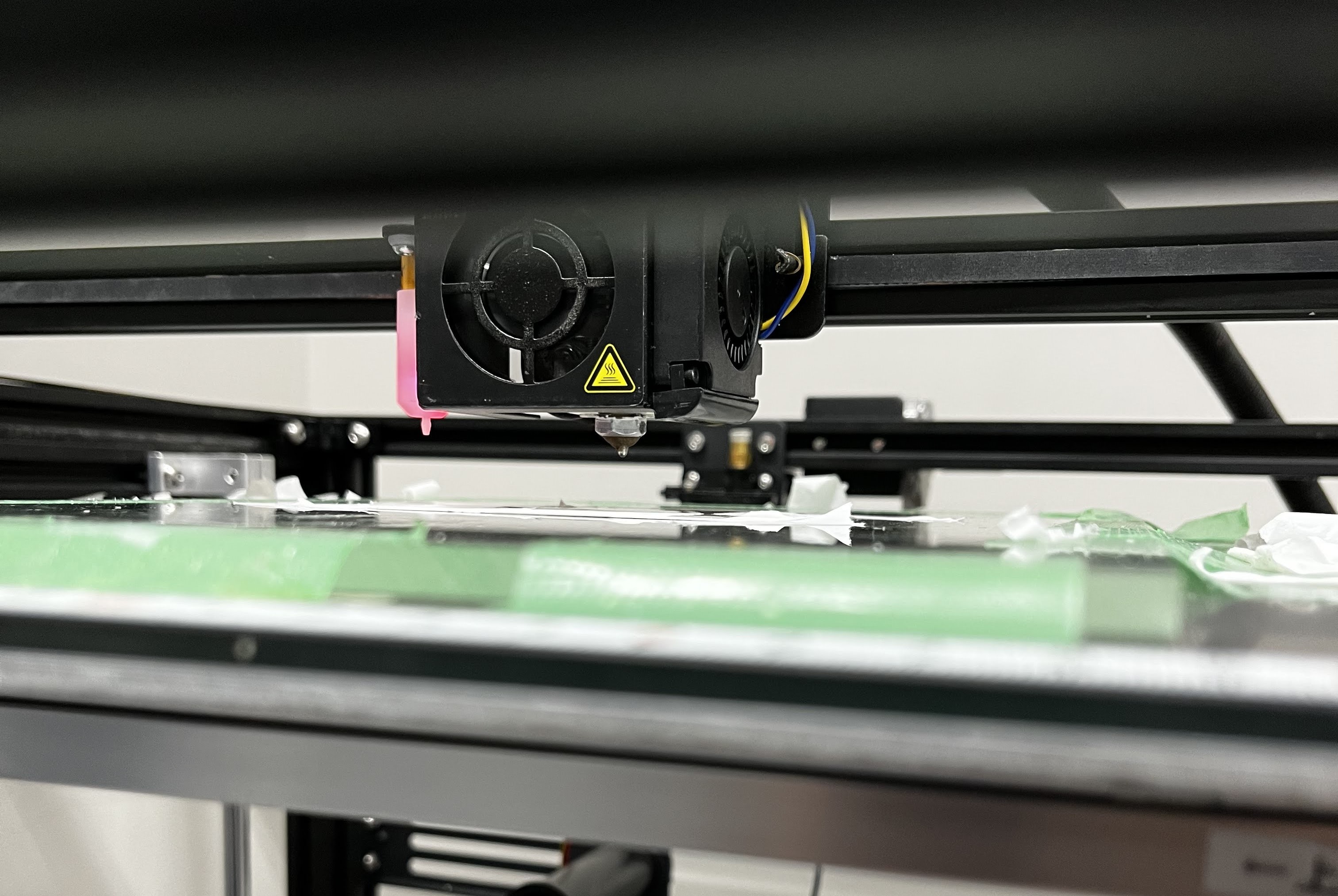

Substrate
Table of Contents
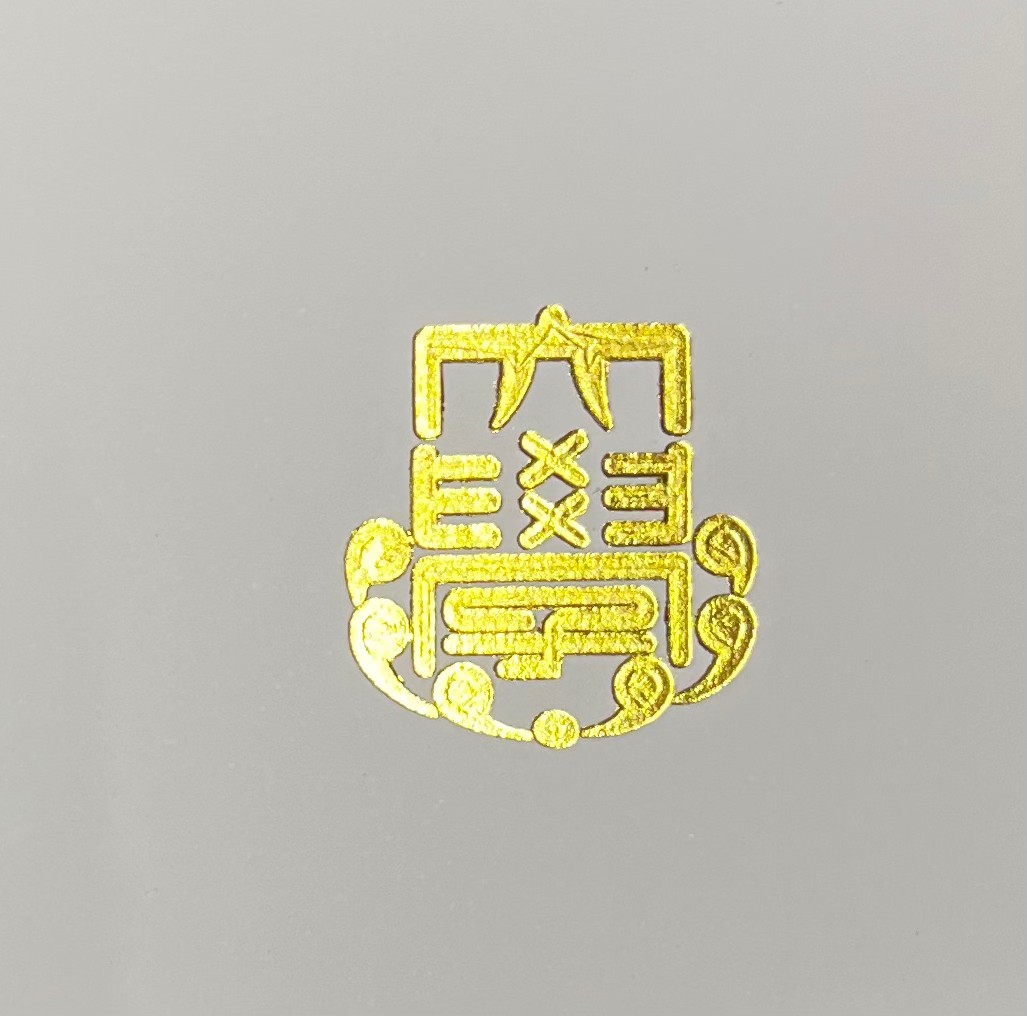
Place: Manabe Lab
▲Picture of a gold leaf transfer on paper
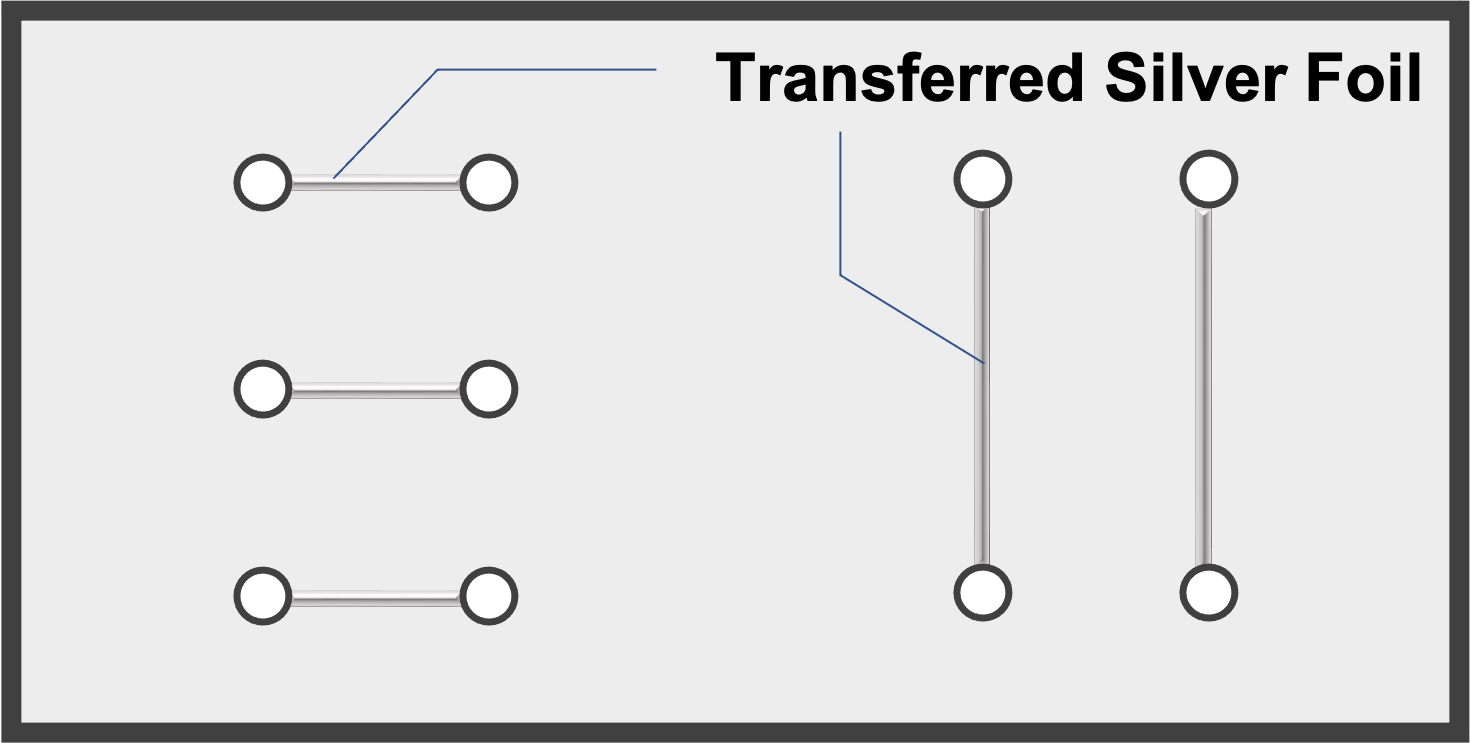
Made by us
 A nozzle is a component that extrudes filament (resin) and prints it on the stage. to heat the filament, so the solution of it is that the nozzle
A nozzle is a component that extrudes filament (resin) and prints it on the stage. to heat the filament, so the solution of it is that the nozzle A nozzle is a component that extrudes filament (resin) and prints it on the stage. is made into the tip of a ballpoint pen, and transcribe by heat that essentially melts the filament.
A nozzle is a component that extrudes filament (resin) and prints it on the stage. is made into the tip of a ballpoint pen, and transcribe by heat that essentially melts the filament.
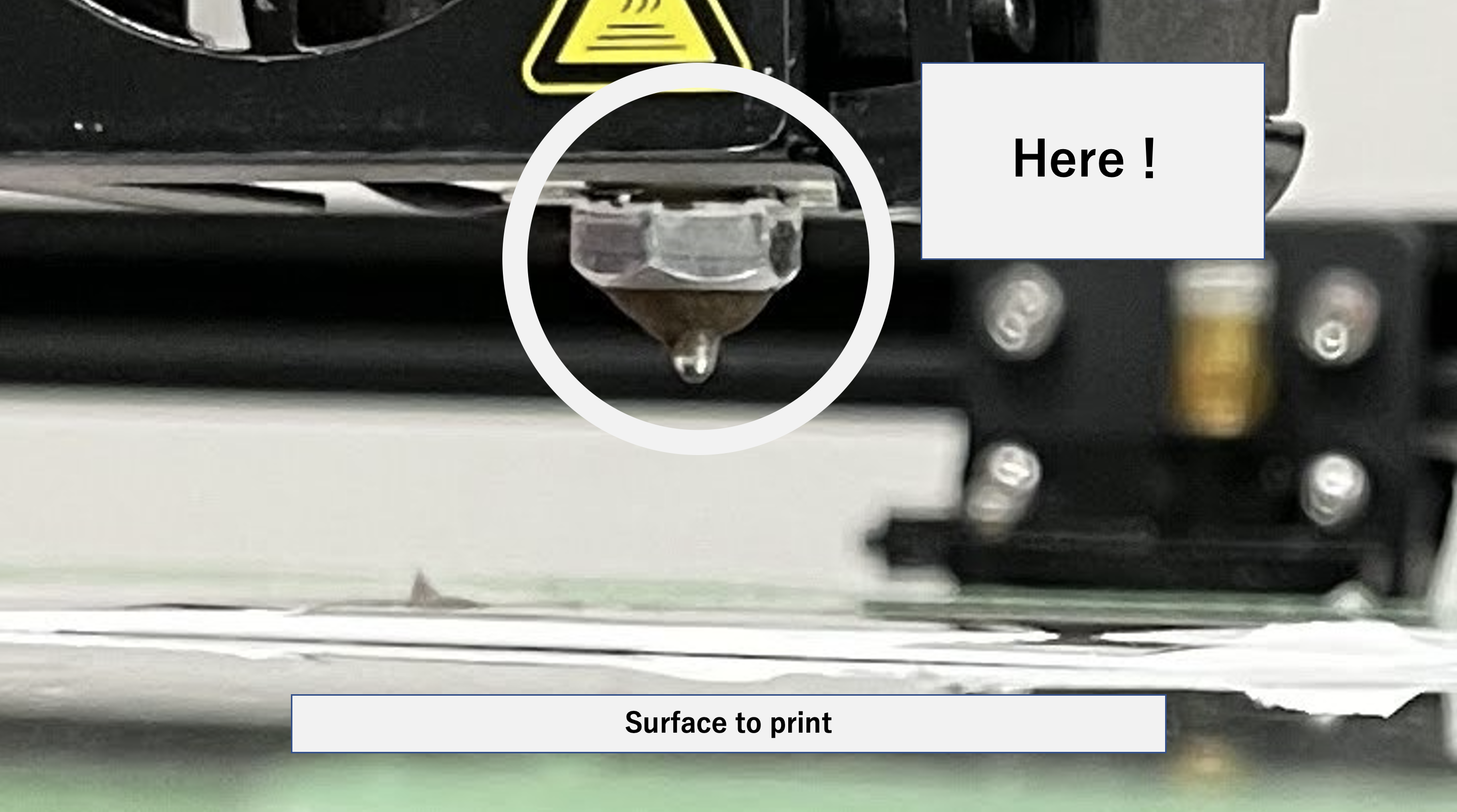
Place: Manabe Lab
▲A 3D printer Prof. Manabe uses
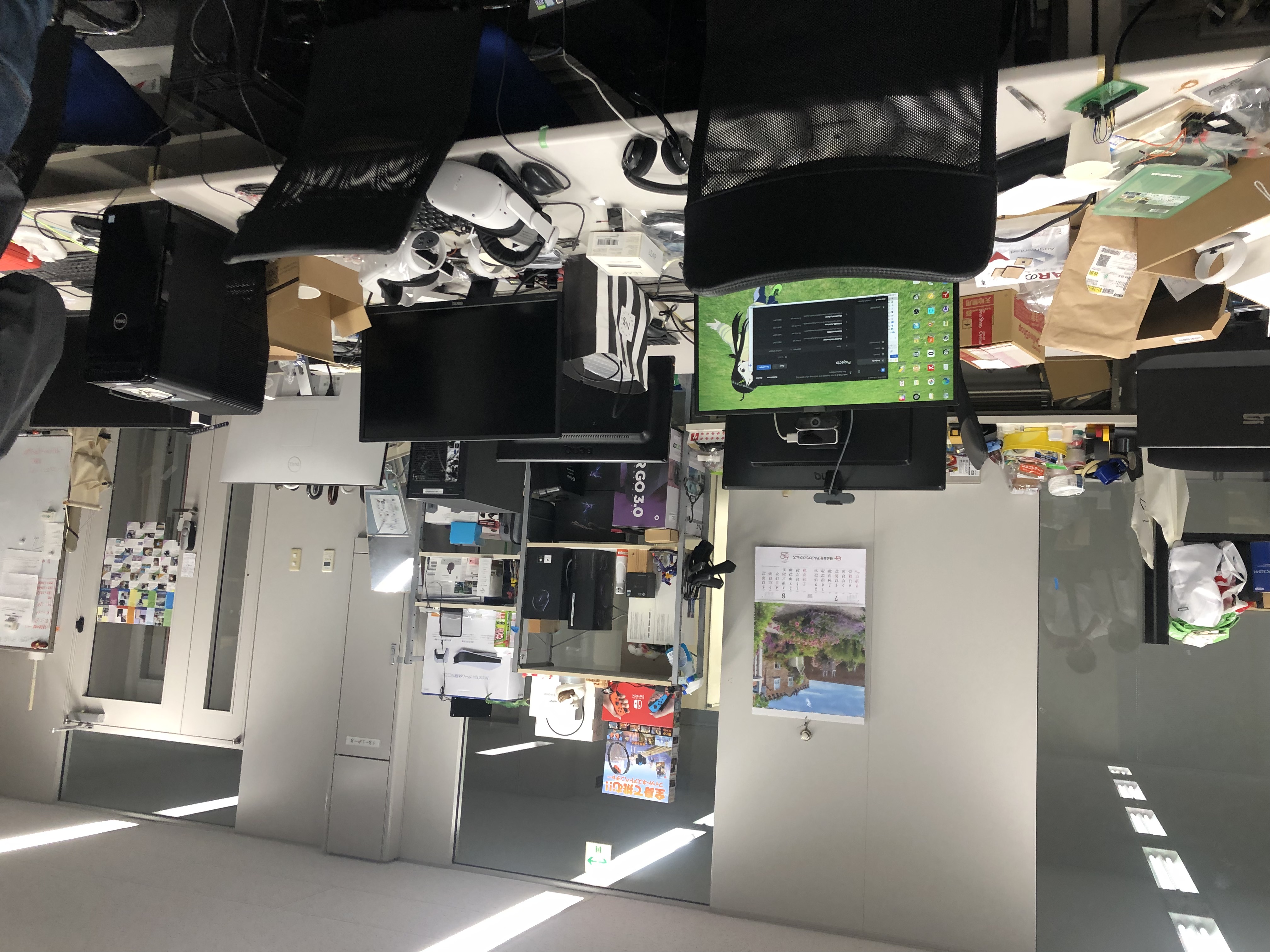
Place: Manabe Lab
▲Manabe Lab
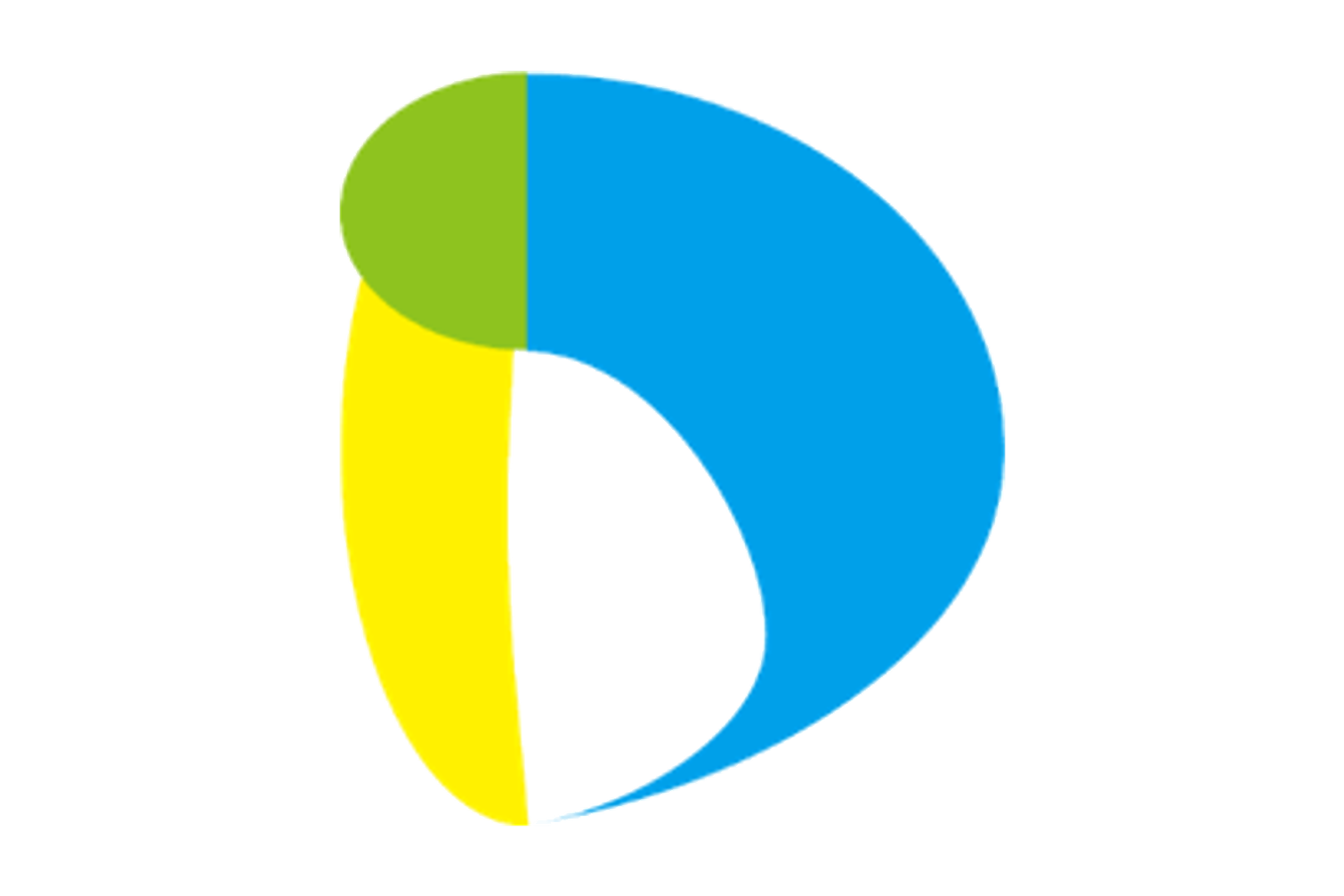 Dengiken is the club we belong to. The abbreviation is Dengiken. Each of us has our own project and conducts the research we want to do. in 2019, introduced us to Manabe Lab, Shibaura Institute of Technology.
Dengiken is the club we belong to. The abbreviation is Dengiken. Each of us has our own project and conducts the research we want to do. in 2019, introduced us to Manabe Lab, Shibaura Institute of Technology.
We interviewed Mr. Suzuki regarding the research mentioned above on July 8, 2022.
Q.1
What is your research?
A.1
We research
"Fabrication method for double sided print circuit boards using a 3D printer and conductive transfer foil."
Simply put, we develop double sided print circuit boards by adding conductive silver foils with heat.
I took over from my seniors, so I am resarching that research now.
Q.2
What is the potential of 3D printers?
A.2
3D printers have flexibility. We can create many kinds of things at home if we have affordable printers.
Q.3
What is the difficulty in your research?
We are required to do research accurately. It is impossible to make things precisely because we must rely on our eyes. For example, to copy a building, we need to measure the pressure levels of nozzles with a sensor and adjust the pressure levels very carefully.
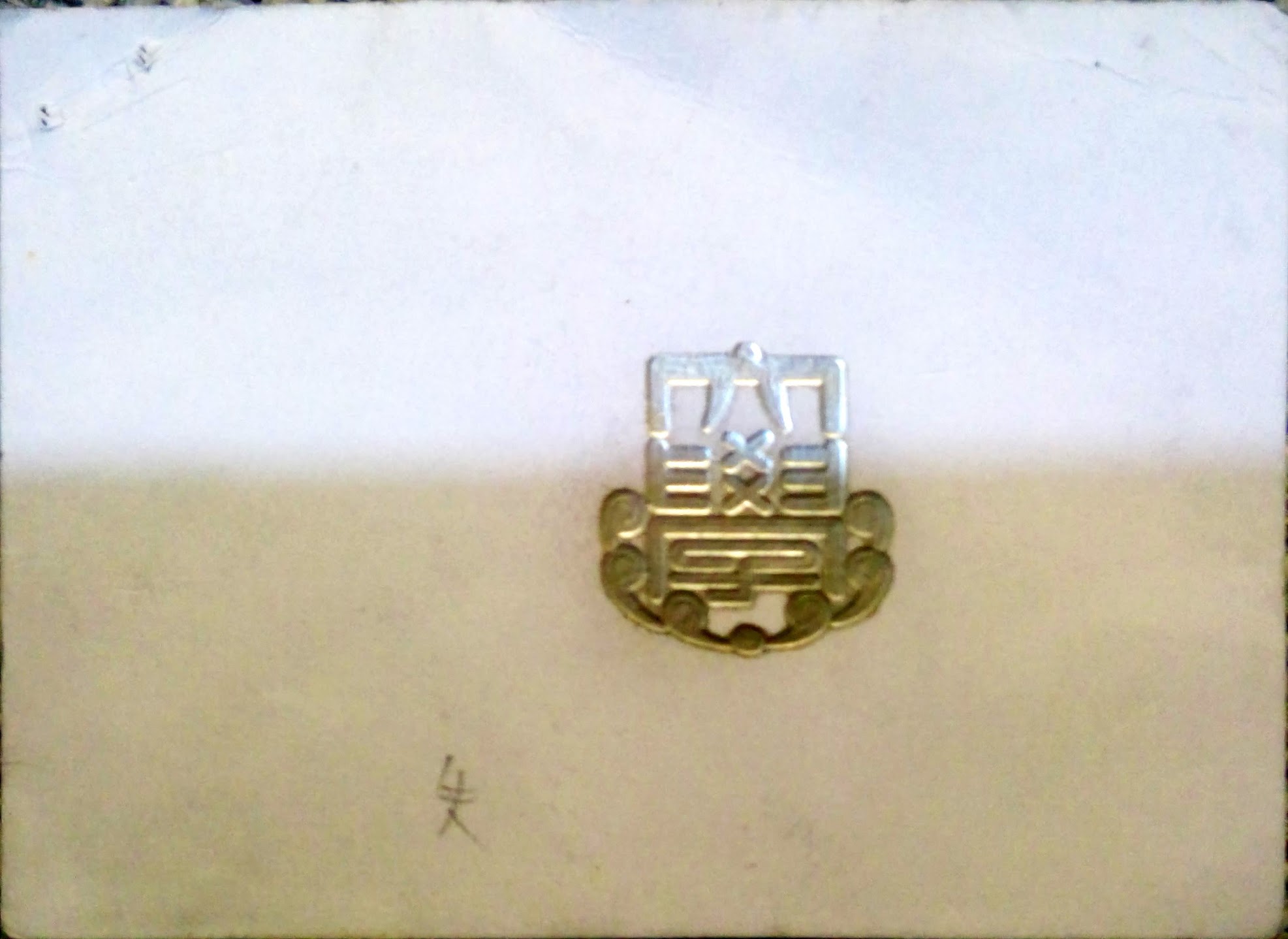
Place: Manabe Lab
Many cases fail in this way.
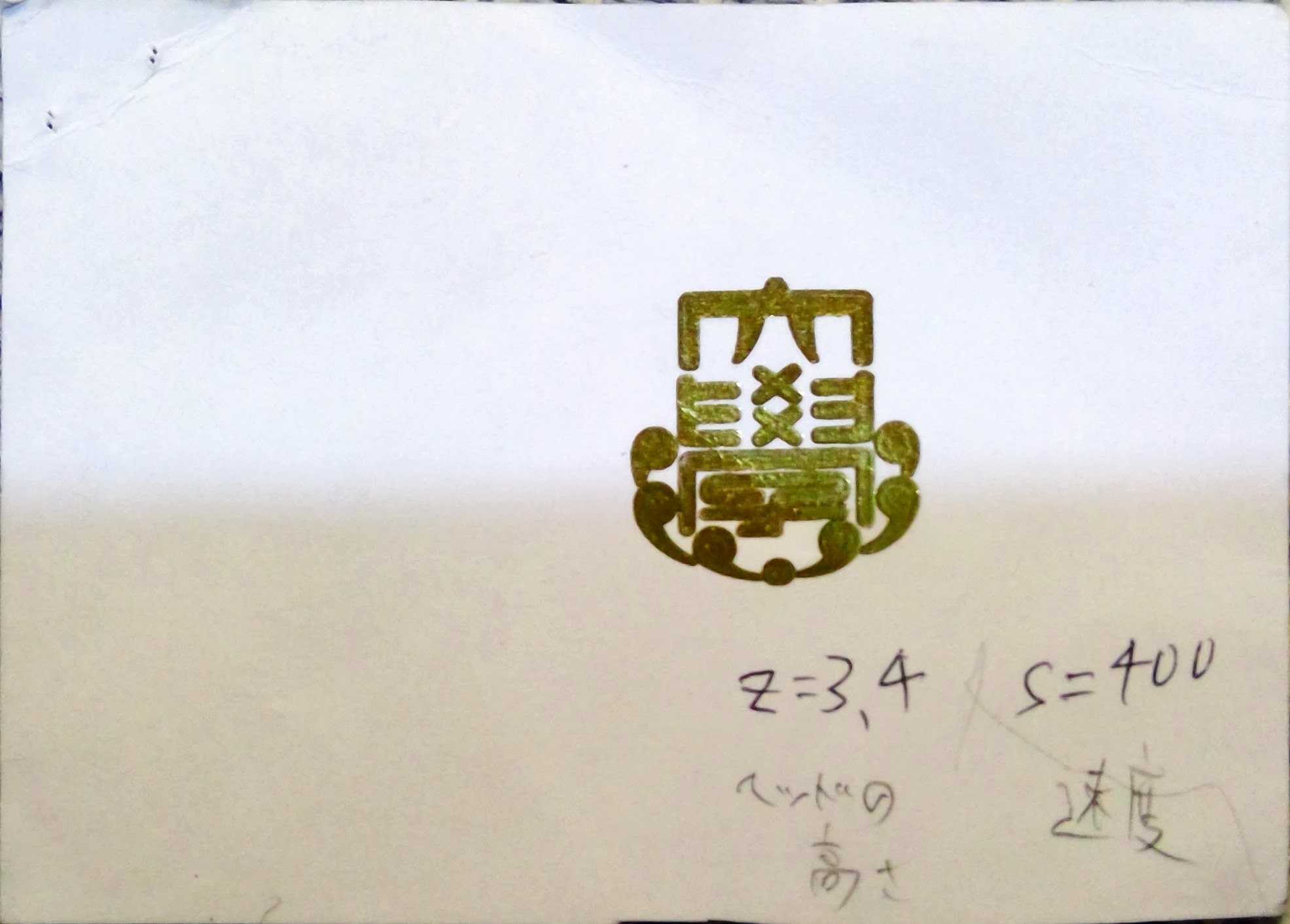
Place: Manabe Lab
That is a successful example. However, there is something different between the former one and the second one.
We are required to adjust 1 mm levels. Some marks will appear if the pressure level is too strong, while there will be no marks if the pressure level is low. We often suffer from eye strain because we always look carefully at objects.
Q.4
What career path do you plan to take in the future?
A.4
Umm...
I would like to work in a digital position.
We interviewed Prof. Manabe on July 8, 2022.
Q.1
What made you use 3D printers?
A.1
I got interested in printed-circuit board processing more than ten years ago. After a while, I realized that the 3D printers we had (or owned) were much more interesting to me than printed-circuit board processing. So, I was always examining the printers. This is how I became an expert in this field.
Q.2
Is it necessary to teach how to use 3D printers in an educational setting?
A.2
Teaching 3D printers to elementary and junior high school students is important. We can foster their abilities to recognize space. Students or beginners can easily understand 3D printers visually and enjoy making them. I want children to learn about this area.
Q.3
What will 3D printers be like in the future?
A.3
3D printers will be much faster.
Let me ask you a question. How do you think printing speed will be faster?
Umm...
I've never thought about it, but maybe adding more output ports... I guess.
There should be some ways to speed it up, such as how to use resin.
“The best way to predict the future is to invent it.”
by Alan Kay
Let’s think that meaning. You may know the road of future.

